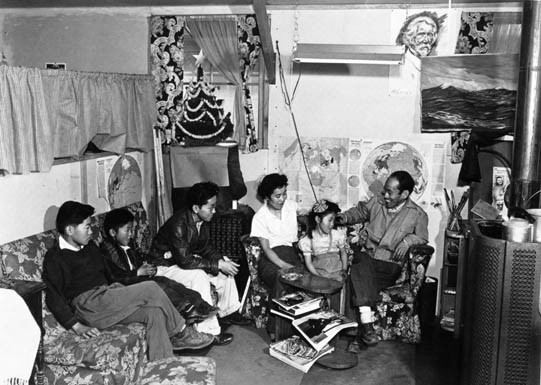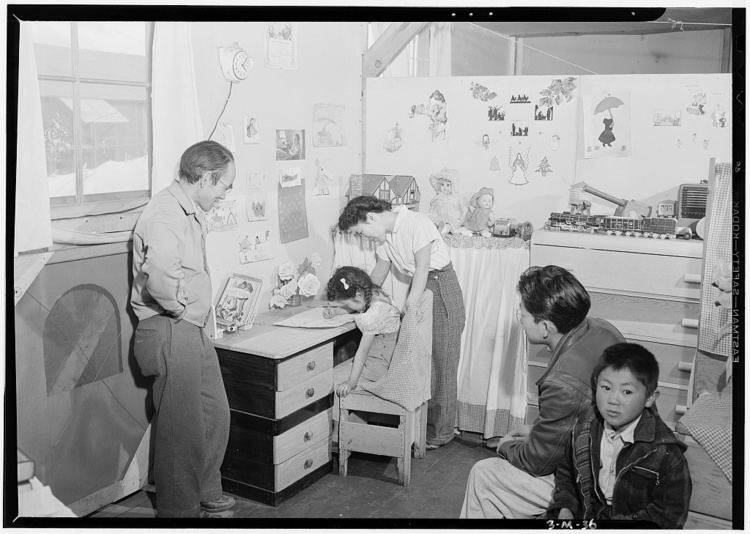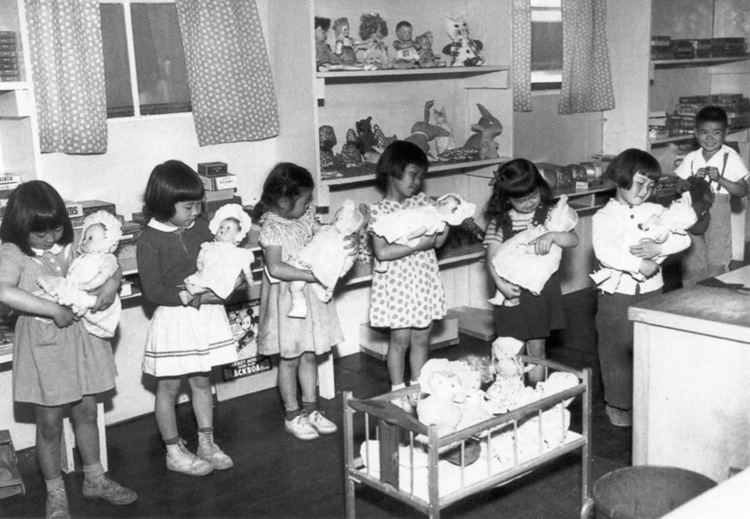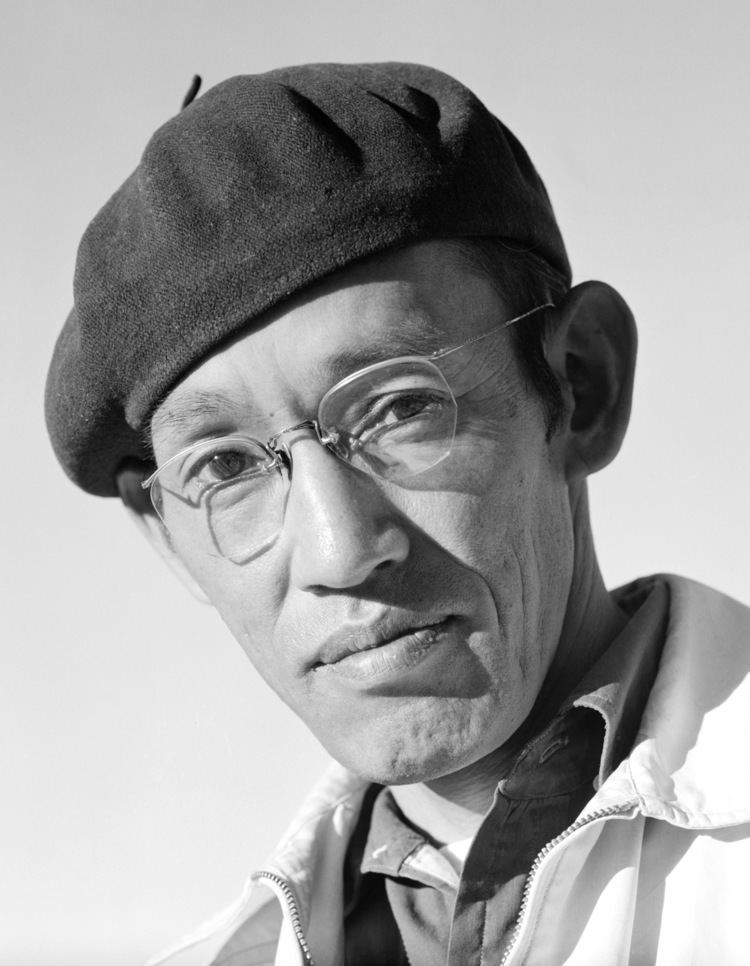Name Toyo Miyatake | Role Photographer | |
 | ||
Died 1979, Los Angeles County, California, United States | ||
Making Waves | Toyo Miyatake
Tōyō Miyatake (宮武東洋, Miyatake Tōyō; 1895–1979) was a Japanese American photographer, best known for his photographs documenting the Japanese American people and the Japanese American internment at Manzanar during World War II.
Contents
- Making Waves Toyo Miyatake
- Toyo Miyatake An Artistic Life Interrupted
- Life
- Children and grandchildren
- Toyo Miyatake Studio
- Personal life
- In culture
- Legacy
- Books by Miyatake
- References

Toyo Miyatake: An Artistic Life Interrupted
Life

Miyatake was born in Kagawa, Shikoku in Japan in 1895. In 1909 he migrated to the United States to join his father. He settled in the Little Tokyo section of Los Angeles, California.

With an interest in arts — most notably photography, which he studied under Harry K. Shigeta — Miyatake began associating with the local arts community. In 1923 he bought his photo studio. Miyatake encouraged fellow photographer Edward Weston to exhibit his work and Miyatake is credited as giving Weston his first gallery showing.

At the time Miyatake met his future wife, his brother was courting her. He began spending time with Hiro under the guise that he was using her as a model. His brother was crushed; it is said that he "died of a broken heart" at an early age.

Before World War II, Miyatake's photography won awards as he photographed various personalities.

During World War II Miyatake was interned at Manzanar relocation camp in the Owens Valley. He smuggled a camera lens into the camp and constructed a camera body from wood. The pictures he secretly took at the camp are among the relatively few that show the plight of the U.S. citizen inmates.
After the war, the family returned to Los Angeles, where their home had been entrusted to some of their white friends during the internment. Unlike many families who lost their homes, the Miyatakes were able to resume their life and provide shelter to a few less fortunate internees and their families. In post-war Little Tokyo, many residents were unable to afford Miyatake's services and some opted instead to barter goods to have him photograph weddings and portraits. With his wife Hiro running the front office, she once negotiated his services for a Steinway piano and another time, she negotiated for a litter of poodles.
After the death of his wife, Hiro, in 1971, Miyatake moved from his home on Third Street in East Los Angeles to live in neighboring Monterey Park with his daughter and her family.
He remained active in the studio throughout this period. In the early morning, Miyatake could be seen walking around Monterey Highlands Elementary School for exercise. The last image he captured on film was taken at this park. The film was discovered and processed after his death.
Before his death in 1979, Miyatake and Ansel Adams produced a book, Two Views of Manzanar, a compilation of their photographs during the internment.
Miyatake's cremated remains are buried at Evergreen Cemetery in Boyle Heights; a portion of his remains are stored in the Koyasan Buddhist Temple in Little Tokyo.
Children and grandchildren
All of Miyatake's children were involved in photography and the family business. Archie, the eldest son, ran the family studio after Tōyō's death in 1979. Robert Miyatake worked in the studio and later opened his own photographic color lab in South Pasadena, California. Richard (Tabo) worked in the family studio as well and left to work in photographic production. Youngest child and only daughter, Minnie, also worked in the studio performing clerical and business-related duties and currently serves on the Board of Trustees at Koyasan Buddhist Temple, where her father's remains are stored. Miyatake's grandson continues the family business to this day.
Toyo Miyatake Studio
The Toyo Miyatake Studio moved in 1985 to San Gabriel, California, where it still operates today. The studio is now managed by grandson, Alan Miyatake.
Personal life
One of Miyatake's prized possessions was his white 1957 Ford Thunderbird, which now belongs to his youngest grandson, Mark Takahashi.
Miyatake was easily recognizable in Little Tokyo, wearing his trademark black beret and bowtie.
In culture
In the TV movie Farewell to Manzanar, Pat Morita portrays Zenahiro, a character based on Miyatake.
Legacy
In 2002, Robert A. Nakamura made the film, Toyo Miyatake: Infinite Shades of Gray, documenting the photographer's life and work.
In 2009, the film, Toyo's Camera was released, documenting the internment of Japanese Americans during World War II through the perspective of the photographer's images. Narrated by George Takei, music by Kitaro.
His 1929 photograph of Michio Ito appeared on the cover of the Whitney Museum's Spring 2016 gallery guide.
